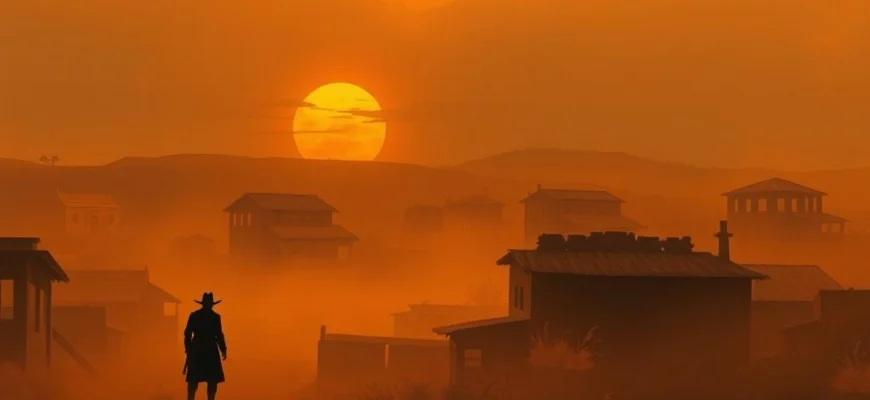If you're a fan of the gritty, atmospheric Western 'China 9, Liberty 37' (1978), you'll love these 10 similar movies and shows that capture its unique blend of tension, drama, and rugged landscapes. This article is your guide to discovering more films that deliver the same raw intensity and morally complex storytelling.

The Good, the Bad and the Ugly (1966)
Description: A classic spaghetti western with a morally ambiguous narrative, focusing on greed, betrayal, and survival in a lawless frontier. The film's gritty realism and iconic score contribute to its timeless appeal.
Fact: The film's climactic three-way showdown is one of the most famous scenes in cinema history. It was shot in Spain, standing in for the American Southwest.
 Watch Now
Watch Now 
Once Upon a Time in the West (1968)
Description: A slow-burning, operatic western that explores themes of revenge, civilization's encroachment on the frontier, and the myth of the Old West. The film's visual storytelling and use of silence are masterful.
Fact: The film was initially a commercial failure but has since been recognized as a masterpiece. The opening sequence is a homage to classic western tropes.
 Watch Now
Watch Now 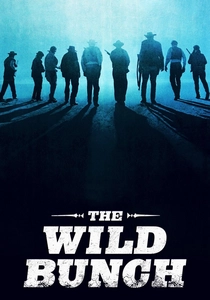
The Wild Bunch (1969)
Description: A violent, nihilistic western that portrays the end of an era for outlaws, with themes of loyalty, betrayal, and the cost of violence. The film's groundbreaking action sequences and moral complexity are hallmarks.
Fact: The film's opening and closing shootouts are among the most violent scenes in cinema history at the time of its release. It was controversial for its graphic depiction of bloodshed.
 Watch Now
Watch Now 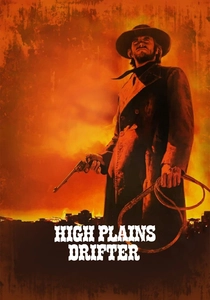
High Plains Drifter (1973)
Description: A surreal, almost supernatural western that delves into themes of revenge, justice, and the blurred line between good and evil. The film's dreamlike quality and stark visuals set it apart.
Fact: The film was shot in sequence, a rarity in filmmaking. The town in the movie was built specifically for the production and later burned down as part of the story.
 Watch Now
Watch Now 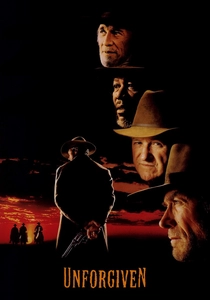
Unforgiven (1992)
Description: A deconstruction of the western genre, exploring the myth of the gunslinger and the consequences of violence. The film's somber tone and moral ambiguity are central to its impact.
Fact: The film won four Academy Awards, including Best Picture and Best Director. It was marketed as Clint Eastwood's last western, though he later returned to the genre.
 Watch Now
Watch Now 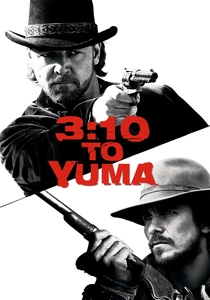
3:10 to Yuma (2007)
Description: A tense, character-driven western that explores themes of redemption, honor, and the struggle between good and evil. The film's tight pacing and strong performances elevate its classic story.
Fact: The film is a remake of the 1957 classic but expands on the original's themes and character dynamics. It was shot in New Mexico, standing in for Arizona.
 Watch Now
Watch Now 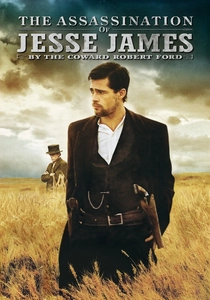
The Assassination of Jesse James by the Coward Robert Ford (2007)
Description: A meditative, poetic western that delves into the myth of Jesse James and the psychology of his assassin. The film's lush cinematography and introspective tone are defining features.
Fact: The film's title is one of the longest in Hollywood history. It features a voiceover narration that adds to its literary feel.
 Watch Now
Watch Now 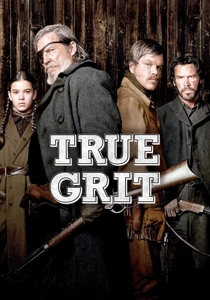
True Grit (2010)
Description: A Coen Brothers take on the western, focusing on a young girl's quest for justice with themes of determination, morality, and the harshness of the frontier. The film's sharp dialogue and period authenticity stand out.
Fact: The film is a more faithful adaptation of the novel than the 1969 version. It features a distinctive, old-fashioned vernacular in its dialogue.
 Watch Now
Watch Now 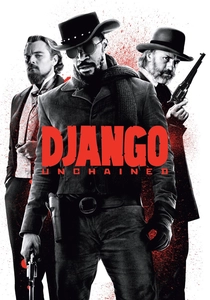
Django Unchained (2012)
Description: A revisionist western that blends brutal violence with dark humor, exploring themes of slavery, revenge, and justice. The film's stylized aesthetic and sharp dialogue are standout features.
Fact: The film features anachronistic music, including a rap song, to underscore its modern sensibilities. It was the first western to win an Academy Award for Best Original Screenplay.
 Watch Now
Watch Now 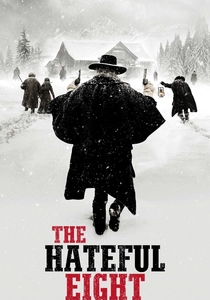
The Hateful Eight (2015)
Description: A tense, claustrophobic western that plays out like a mystery, with themes of distrust, vengeance, and moral ambiguity. The film's use of a single location and its nonlinear storytelling are notable.
Fact: The film was shot in 70mm to emphasize its grand scale, despite most of the action taking place indoors. It features an original score by Ennio Morricone, his first western score in decades.
 Watch Now
Watch Now 
